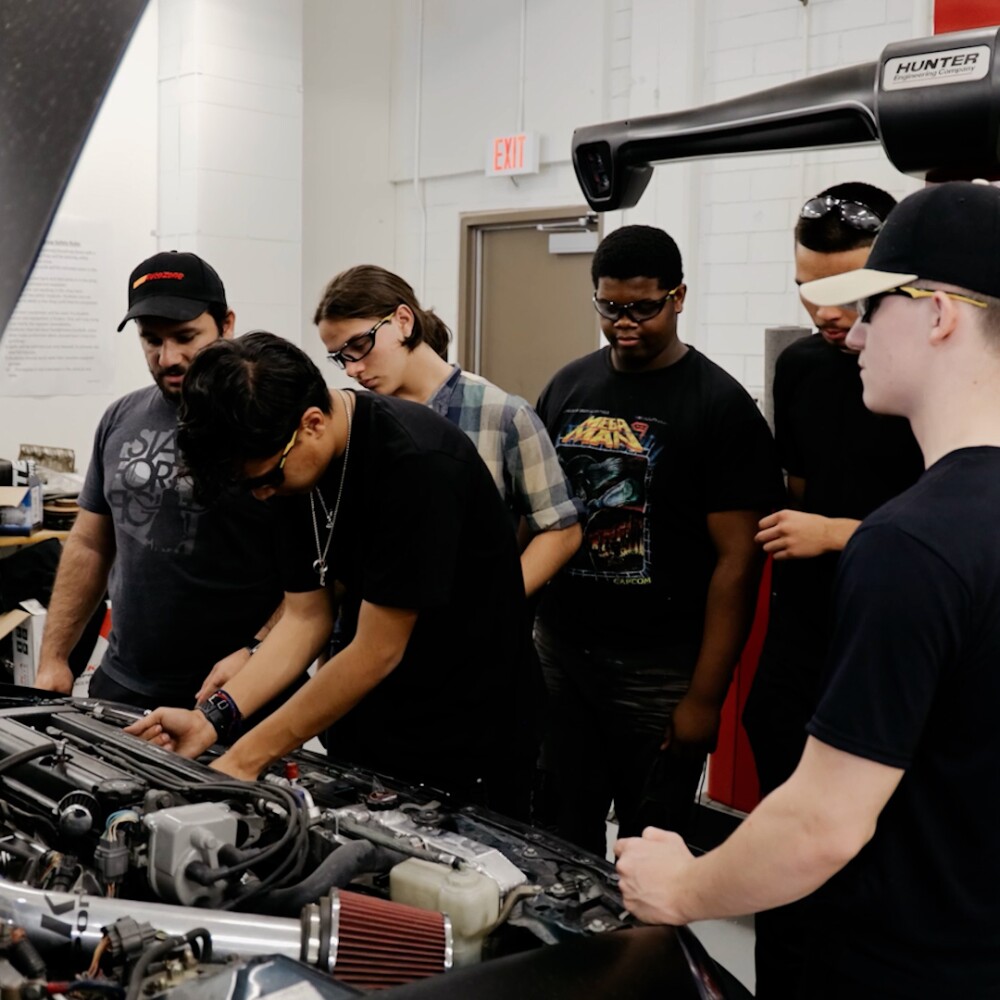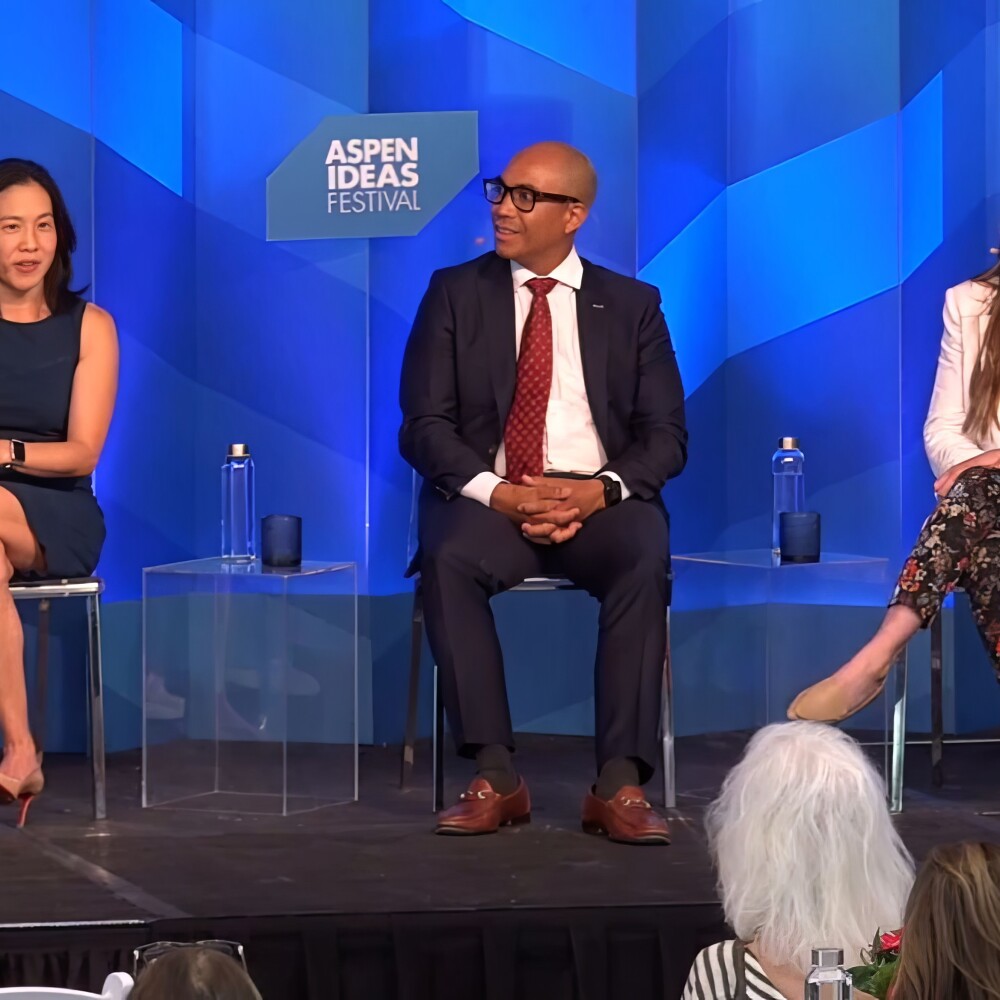It was 30 years ago. But it seems like yesterday.
On Sept. 28-29, 1989, President George H.W. Bush hosted the nation’s governors at the University of Virginia in Charlottesville—founded in 1891 by Thomas Jefferson—for the first-ever National Education Summit.
I was privileged to attend the Summit as a senior official in the US Department of Education’s Office of Educational Research and Improvement. Along with staff from the Department’s Policy and Evaluation unit, we prepared briefing materials for White House and administration officials attending the Summit.
While the Summit was a unique event, it was also the logical outcome of two reports that generated extensive state efforts to improve the effectiveness of K-12 education. The first was the 1983 Reagan administration report A Nation At Risk, which argued that America’s education results were at best mediocre, making America less competitive internationally and threatening the Nation’s economic well-being.
This report mobilized the nation’s governors, through the National Governors Association (NGA), to advance a variety of education reforms, including establishing higher academic standards and holding educators accountable for achieving them.
The governors’ activity culminated in a bipartisan 1986 NGA report, entitled A Time for Results, released by then-Tennessee Gov. (now Sen.) Lamar Alexander (R), and then-Arkansas Gov. Bill Clinton (D).
The 1989 summit was a major milestone in this nation’s sometimes fractious journey to standards-based education reform—i.e., creating clear statements of what students should know and be able to do at key stages of their K-12 education, and then holding stakeholders accountable for results.
The summit committed President Bush and the 49 Governors who attended to creating national education goals; holding themselves accountable for meeting them; reporting annually on progress in achieving them; and seeking greater flexibility and accountability in using federal resources to meet the goals.
The goals they agreed upon became part of President Bush’s January 1990 State of the Union Address. He said:
Real improvement in our schools is not simply a matter of spending more. It is a matter of asking more—expecting more—of our schools, our teachers, of our kids, of our parents and ourselves.
That's why tonight I am announcing America's education goals—goals developed with the enormous cooperation from the nation's Governors ...
By the year 2000, every child must start school ready to learn.
The United States must increase the high school graduation rate to no less than 90%.
And we're going to make sure our schools' diplomas mean something: In critical subjects--at the 4th, 8th and 12th grades--we must assess our students' performance.
By the year 2000, U.S. students must be first in the world in math and science achievement.
Every American adult must be a skilled literate worker and citizen.
Every school must offer the kind of disciplined environment that makes it possible for our kids to learn—and every school in America must be drug-free.
Ambitious aims? Of course. Easy to do? Far from it. But the future is at stake. This nation will not accept anything less than excellence in education.
These aspirations have been the centerpiece of discussion and debate in K-12 education ever since. And the generally bipartisan support for standards and accountability associated with these goals became the basis for much of K-12 federal policy.
Witness the following:
- President George H. W. Bush’s America 2000 plan for implementing the goals included a call for voluntary national standards and tests.
- President Bill Clinton’s Goals 2000 provided grants to states for developing content standards and establishing in federal law the National Education Goals Panel, assigning it annual reporting responsibilities on progress made in achieving the goals.
- President George W. Bush’s No Child Left Behind involved requirements that assessments and federally mandated school improvement remedies be in every state’s accountability system.
- President Barack Obama’s Race to the Top and other initiatives had incentives for states to adopt the Common Core Standards and aligned assessments along with possible waivers from requirements of No Child Left Behind.
Some would argue—I believe, accurately—that the growth of the federal footprint in K-12 policy and practice far exceeded what was originally envisioned by President Bush and many governors at the summit. As governors, they were committed to the primacy of the state role in education and to fewer federal mandates in K-12 education.
While the summit set the stage for 30 years of fragile but genuine bipartisanship in K-12 reform, it also created stress points that would haunt efforts to improve K-12 education in at least four areas: funding, governance, accountability, and school choice.
The summit was both a symbolic and substantive event in the nation’s approach to K-12 education. We who watched President Bush and the governors stand on the steps of Mr. Jefferson’s Rotunda at the University of Virginia for their final photo together never imagined the changes the summit would help usher in for America’s schools and students.



